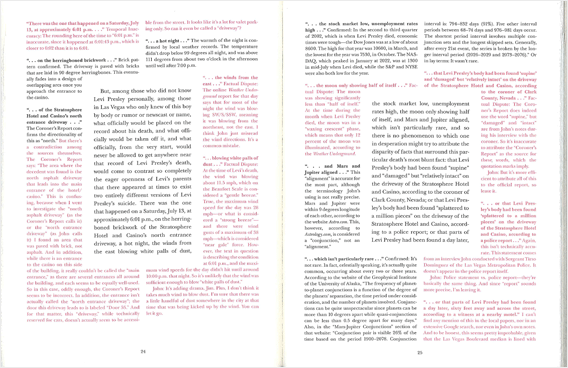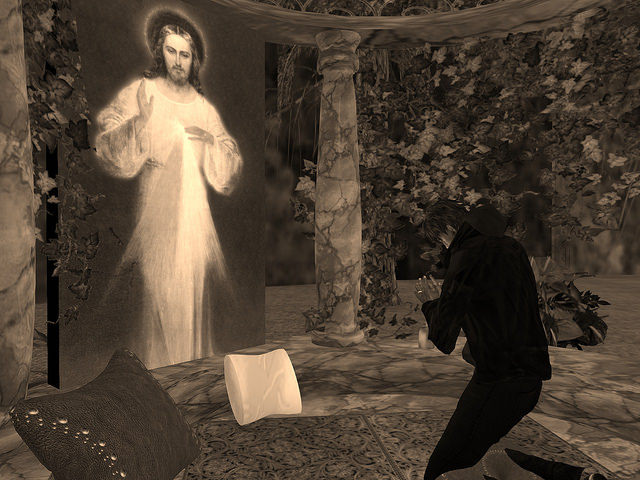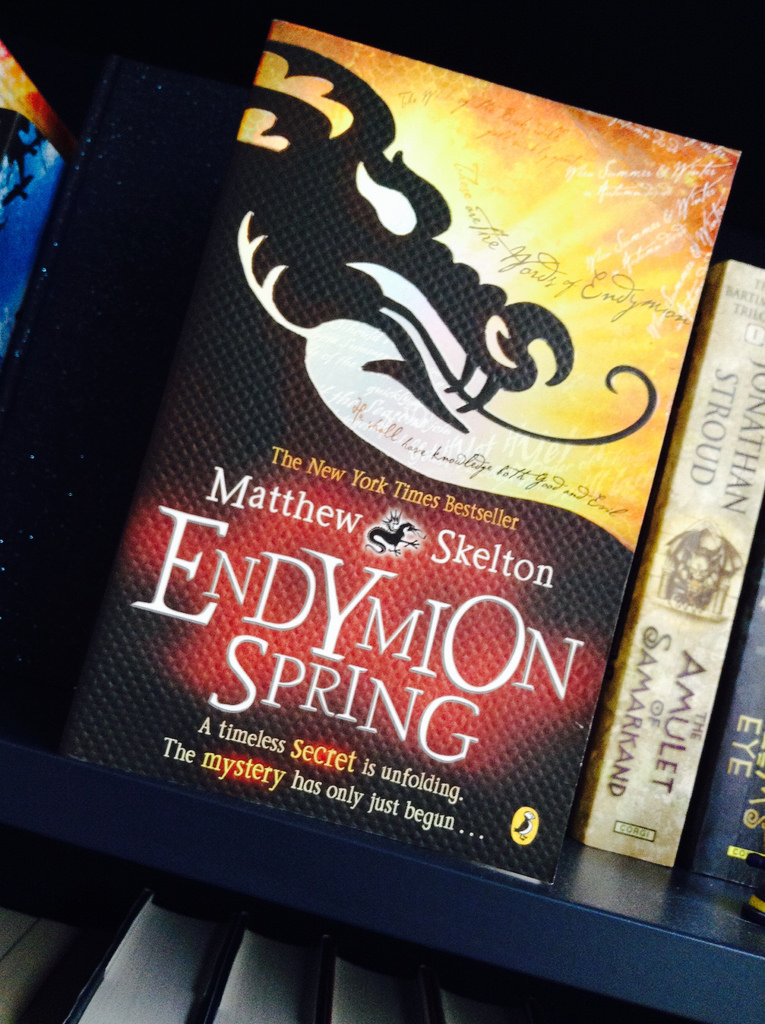Download links for: The Jesus Discovery: The New Archaeological Find That Reveals the Birth of Christianity


Reviews (see all)
Write review
This is a very interesting book, but I'm not sure I agree with the conclusions thus far.
Very interesting & thought provoking.
A must read!
Other books by History & Biography
Related articles












